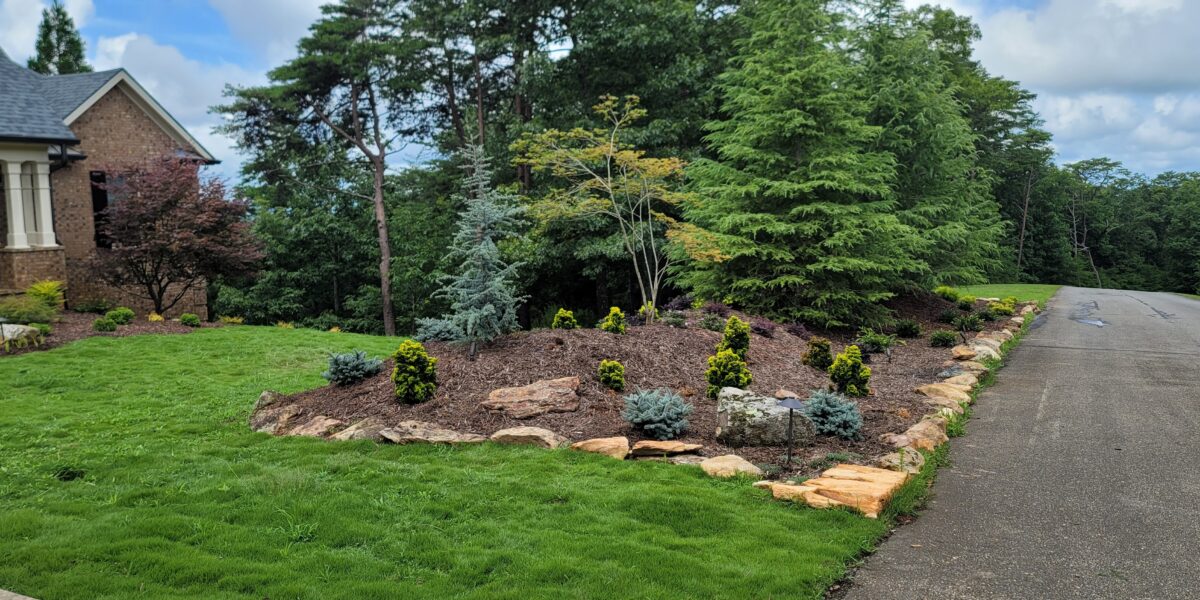A lawn irrigation system is more than just providing your lawn with a water source. It’s an investment that enhances your home’s curb appeal.
If you want to save yourself from sudden expenses, make sure you keep your irrigation system well-maintained and functioning properly. You’ll not only conserve water and limit water runoff, but also your landscaping will be more sustainable. If your lawn irrigation system is ineffective or the sprinkler is broken, it’s time to contact Reliant Landscaping experts for your irrigation system repair. With our expertise, we can provide high-quality repair and maintenance services at an affordable cost.
You may walk down the street to your local hardware shop and find a few tools designed for lawn care. But you’ll need a professional’s advice to narrow down your options and choose the most appropriate irrigation technique for your landscape. We understand that it can be overwhelming, but understanding the different techniques and their benefits can help.
Here are the four main irrigation systems that you should know about:
1. SURFACE IRRIGATION
The most commonly used irrigation technique is surface irrigation. It allows water to seep into the soil but tends to waste too much water for land saturation. Surface irrigation requires less labor than hose spraying and takes a short time to distribute water in a large plot.
2. SPRINKLER IRRIGATION
Just like natural rainfall, sprinkler irrigation sprinkles water to your entire sole surface uniformly. The water gets distributed into pipes through pumping, then the water separates through sprinklers to form water droplets that fall on the surface. This irrigation system is beneficial since it avoids water wastage on large plots of land. It keeps your land greener with little consumption while directing the flow to specific areas. It’s also easy to apply chemicals and fertilizers via a sprinkler system.
3. DRIP IRRIGATION
The drip irrigation system is also known as the trickle irrigation method. It involves narrow tubes that slowly drip water into the plant roots. These tubes are equipped with emitters and supply water to the plant base. Non-turf areas like vegetables, street medians, ground cover, flowerbeds, hanging baskets, and perennial gardens have sufficient water with drip irrigation. The foremost benefits of this system are cost efficiency, reduced water wastage, time-saving, and labor efficiency. Due to the appropriate water supply, you can also control weed growth through the drip irrigation system. It’s equally effective on uneven surfaces and protects your fruits, stems, and leaves from fungal diseases.
4. SUBSURFACE IRRIGATION
The subsurface irrigation system is similar to the drip irrigation method that utilizes tubes and emitters to distribute water via water tubes buried under the ground. This irrigation system is perfect for sandy soil, windy, hot, and arid areas, as you can save water from evaporation. Since this system is underground, it’s also protected from machinery and animals. Weed germination is also minimum because there is no water on the soil.
Contact Reliant Landscaping Professionals Today!
If you’re still confused about the right irrigation system for your residential garden or backyard lawn, let the Reliant Landscaping experts guide you with their valuable experience. Our professionals can evaluate your landscape and help you enhance its functionality and beauty through all necessary repairs and maintenance. Get in touch with us, and we’d happily provide irrigation system repairs for your home.


